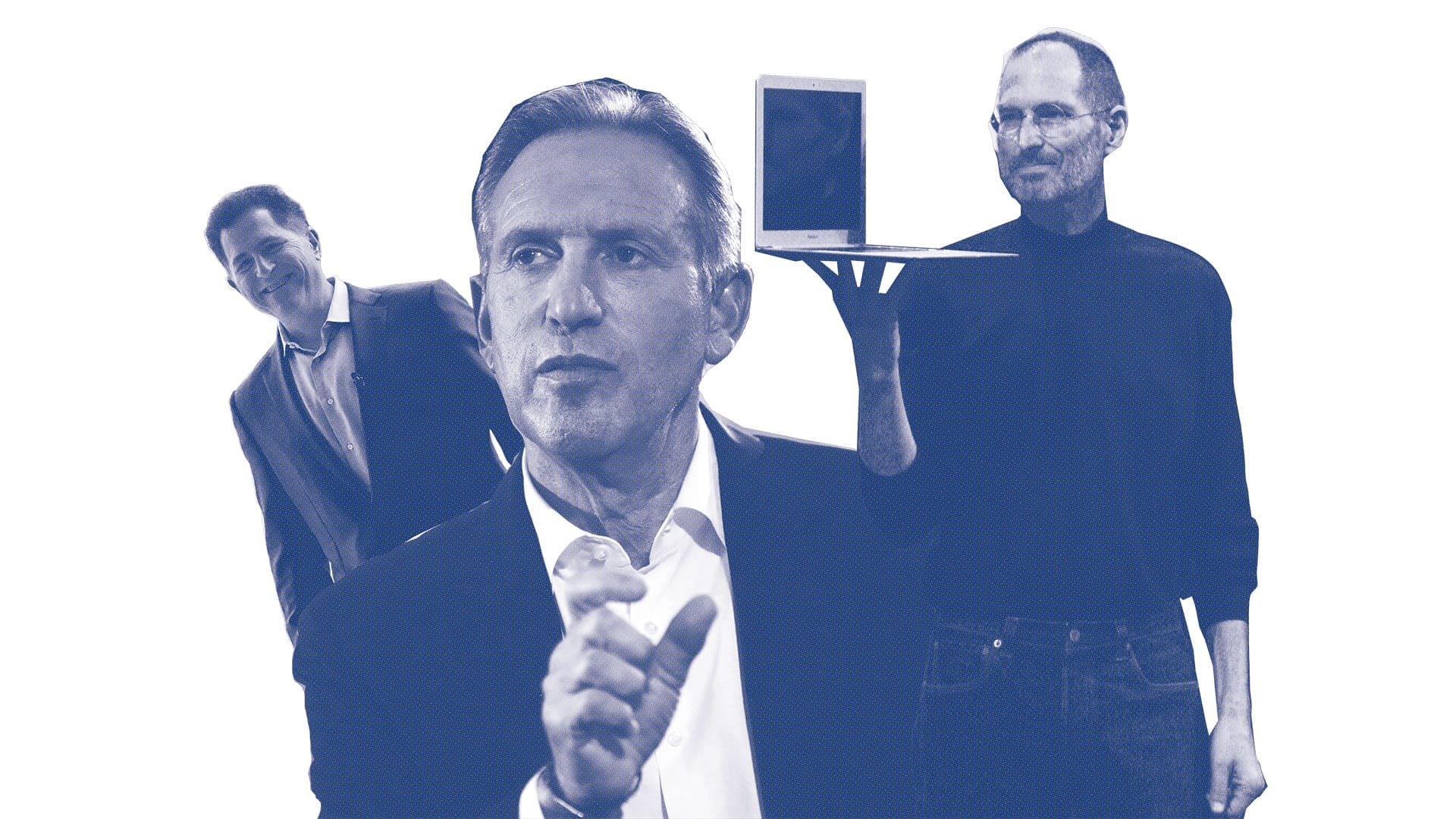Rise of the Boomerang CEO
In our last issue, we published a quote from Bob Chapek about leadership in our success section. By the time you were reading it, his head was rolling and Bob Iger was retaking his throne after less than a year in retirement. I guess kicking your feet up in Hawaii gets boring fast. Chapek took over in 2020, a challenging time not only for Disney, but the entire planet. Maybe the board and investors were hoping to capture some of the pre-covid magic of Disney when its shares were hitting all time highs.
When Iger initially left, he said in an interview that perhaps he was getting too complacent to be the head honcho. “Over time, I started listening less and maybe with a little less tolerance of other people’s opinions, maybe because of getting a little bit more overconfident in my own, which is sometimes what happens when you get built up,” he said.
“I used to talk about incumbents and insurgents. We were incumbents, they were insurgents. And someone advised me when I became CEO of the company, ‘Act like an insurgent not an incumbent.’ Because incumbency … in a world that is changing so much, it’s not a winning strategy.”
This isn’t the first time a business has decided that breaking up with their ex was a massive mistake, in fact it’s given rise to its own self explanatory term the “boomerang CEO”.
But is it a winning strategy to get back together with an old flame? On a relationship level, probably not, you broke up for a reason whether you remember it or not. On a business level though? Well, there are plenty of high profile success stories but anecdotal evidence is hardly something you want to coast on when the success of your business is on the line. A wider analysis shows that on average, returning CEOs don’t always deliver the oomph a company needs. According to the MIT Sloan Management review, “On average, the annual stock performance of companies led by boomerang CEOs was 10.1% lower than their first-stint counterparts. These results held true even when we compared them with other (non-boomerang) CEOs who were hired in times of crisis.”
This can be due to a range of factors, mostly the market moving on from the accrued applicable experience a CEO had prior to moving on. Fortunately for Iger, he hasn’t been gone long at all, and he appears to have a plan on what he can do to continue Disney’s course as the industry eater of worlds.
Also if a CEO found one particular path to success last time, they can be lured into believing that playing this one trick again will yield the exact same results. But you can only release the iPhone once. Or in Apple’s case, 14 times.
Iger seems to be aware of this also. “One thing that is very, very clear is that anyone that stands in the way of innovation or adapting to change is gonna create problems, any company, any person. It’s just really that important”.
A returning CEO is also seen as a symptom of bad forward planning. When you have no succession plan in place for when your current CEO implodes, boards are often backed into a corner and forced into bringing back a known quantity.
But who are some big names that have made it?
Steve Jobs
A list like this would never be complete without Jobs, who was forced out of Apple in 1985 by then CEO John Sculley. To keep himself busy he founded NeXT and Pixar. Apple bought NeXT which gave him his re-introduction to a failing Apple in 1996. The next year he got his chance to come aboard and turn the entire ship around, resulting in him making it one of the biggest companies in the world. This magic touch has left him as a Jesus figure to all companies on the brink.
Howard Schultz
Schultz is perhaps the best example of returning a company back to its core pillars to generate its success. He was CEO of Starbucks from 1987 to 2000 when he stepped down to become global chief strategist and chairman. In his absence, his successors went for a more fast food approach to the franchise, bringing in automatic espresso machines and sterile interiors. The business took a hit and in 2008 he came back and added a touch of class back into the franchise, re-invigorating it. He stepped down in 2017, but returned in April 2022 as an interim CEO while Laxman Narasimhan pulled himself together for his turn. Schultz vowed, “I’m never coming back again because we found the right person”.
Michael Dell
Michael Dell was 19 when he first started selling computers made from stock parts out of his university dorm in 1984. He eventually dropped out to make it a full time business and by 1988 his business had evolved into Dell Computer Corp. By 1992 he was the youngest Fortune 500 CEO and by 2004 he resigned from CEO to focus on philanthropy. After a couple hard knocks, he returned as CEO but that didn’t stop it from falling on hard times with shares dipping by 40%. Eventually in 2013, Dell had to take the company private. Only emerging in 2018 after a boom in cloud computing and the PC gaming market.
The Lifestyle You’ll Love
Located in the desirable, double Grammar Zone, inner-city suburb of Parnell.
Newmarket Residences
New apartments available starting from $1,199,000 Dual keys and $1,499,000 2 bed






